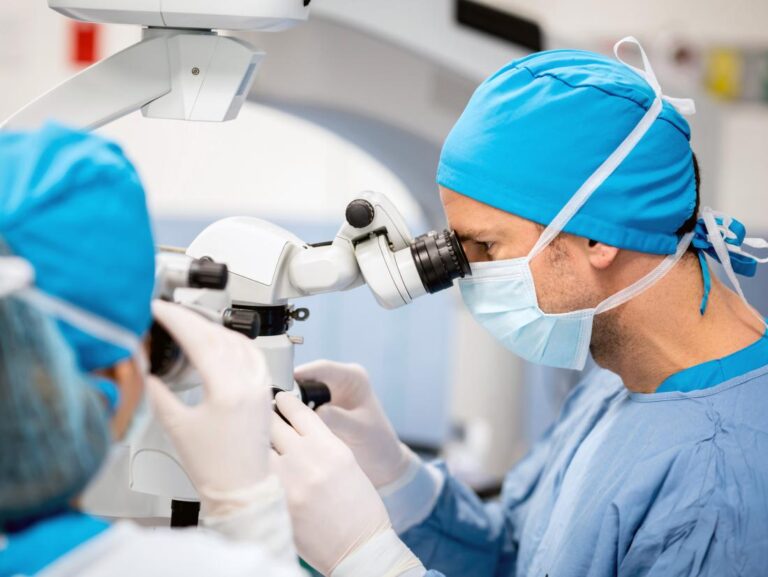One of the essential parts of the eye is the retina. This tissue is light-sensitive and is located in the back of your eye. The shape of your eye will determine the amount of light focusing on the retina, thus affecting overall vision. Anything that hinders your vision, making it hard for you to see, is known as refractive errors. Most patients do not realize that they have a problem with their vision. For this reason, it is essential to attend regular eye exams with a board-certified Jenkintown ophthalmologist & eye surgeon, who will help you understand underlying problems.
What are the different types of refractive errors?
There are four main types of refractive errors:
- Myopia: This condition is commonly known as nearsightedness, making things that are near to look sharp but those far away remain blurry.
- Hyperopia: Another name for this condition is farsightedness. Although faraway objects look sharp, those close to the observer remain blurry.
- Astigmatism: This condition makes objects that are far away not only look blurry but also distorted.
- Presbyopia: This condition is common among middle-aged and older adults causing them to strain when looking at objects up close.
What are the symptoms of refractive errors?
The typical symptom for patients with refractive errors is blurry vision. Other symptoms patients report having include:
- Squinting to see things
- Migraines
- Difficulty focusing when looking at a screen
- Double and hazy vision
Although most patients exhibit symptoms that inform them of the possibility of refractive errors, some do not get any symptoms. Therefore, to be on the safe side, always go for your eye checkup exams so that your doctor can quickly notice a developing problem and thus determine a treatment plan for you. Moreover, eye exams are an excellent time for your doctor to prescribe new devices like glasses or contact lenses that help to enhance your sight.
Who is at risk of refractive errors?
Anyone can develop refractive errors. However, certain factors increase your risk of developing these eye concerns. For example:
- Suppose you have someone in your family who wears glasses or contact lenses. In that case, you may develop the condition because specific genes are related to refractive errors and having a positive family history makes you vulnerable to it.
- Age: Although there are specific types of refractive errors like myopia that begin in childhood, presbyopia primarily affects older patients.
What are the main treatments for refractive errors?
The most common solutions for refractive errors that doctors recommend include:
- Glasses: This option is the safest and easiest way to correct your vision. The lenses in the glasses improve focus making your vision clearer.
- Contacts: These lenses sit on the surface of your eye. Patients who find glasses inconvenient and unattractive can opt to wear contacts to help correct their refractive errors.
- Surgery: Your doctor will personalize your treatment depending on what is causing your refractive errs. For example, laser eye surgery can help correct the shape of the cornea and improve light focus in the retina.
Schedule an appointment with Suburban Eye Associates to determine what is causing your refractive errors and determine the best solution to improve your vision.

